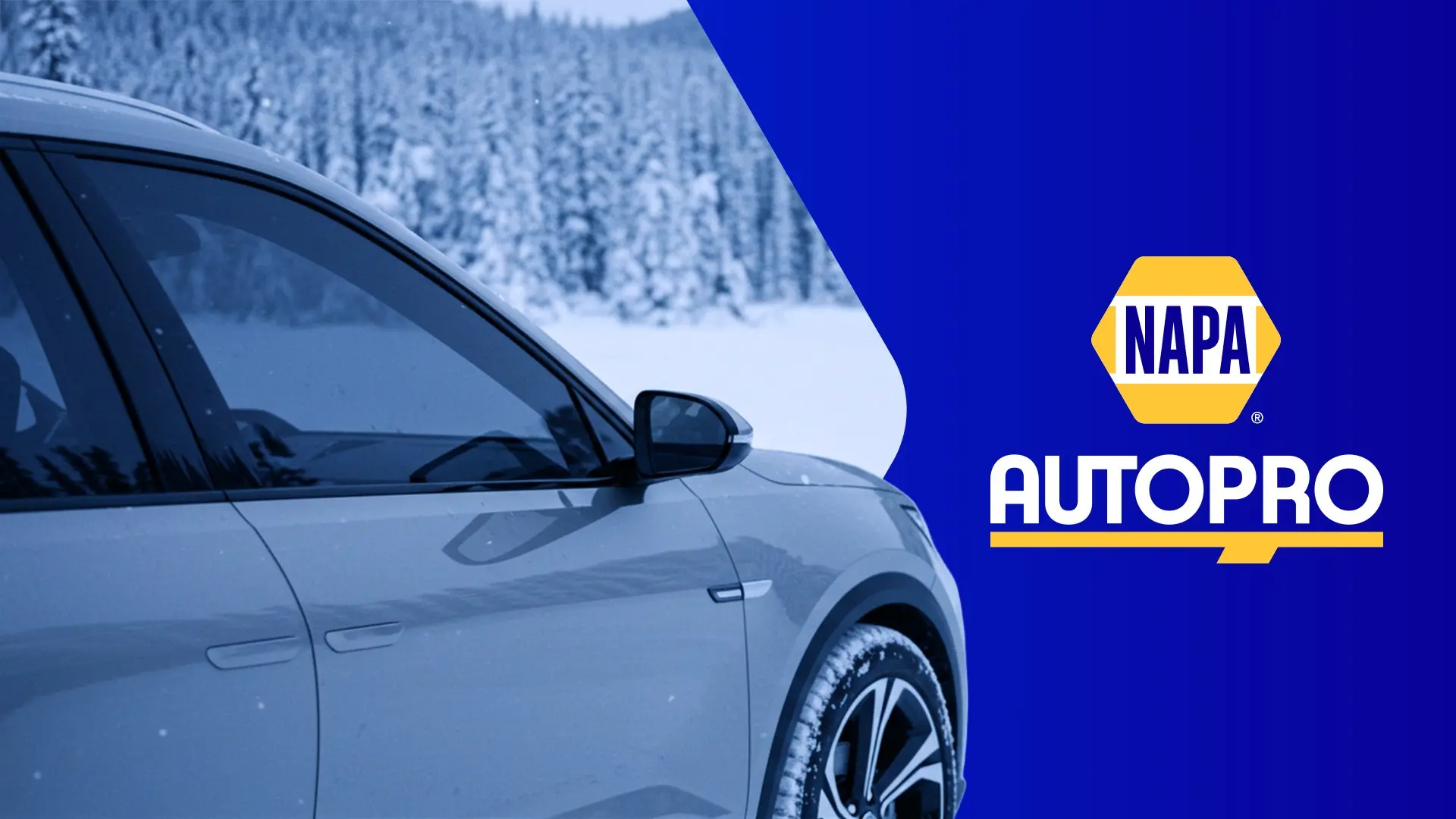
Winter is coming, along with its share of tough conditions: biting cold, snow, road salt, black ice… a real challenge for your vehicle. Too often, people wait for the first snowstorm to think about maintenance—but by then, it might already be too late. To avoid unpleasant surprises and stay safe, here are 5 common mistakes you should absolutely avoid before the cold sets in.
Driving through winter with worn or unsuitable tires is one of the biggest mistakes. All-season tires are not always enough in snowy or icy conditions. Plus, winter tires are specially designed with rubber that stays flexible at low temperatures, ensuring better grip.
Consequences: longer braking distance, loss of control in corners, higher risk of accidents.
What to do: install winter tires as soon as the average temperature drops below 7°C (45°F). Also, check the tread depth (at least 4 mm recommended) and the tire pressure when cold.
Cold weather is the number one enemy of car batteries. At -18°C (0°F), their power can drop by nearly 40%. A weak battery might leave you stranded on a freezing morning—usually right when you’re in a rush.
Consequences: failure to start, costly roadside assistance, and wasted time.
What to do: have your battery tested, especially if it’s more than 4 or 5 years old. Replace it if necessary, and always keep a set of jumper cables in the trunk as a precaution.
Many drivers forget to swap out their summer windshield washer fluid, which freezes at the first negative temperatures. The result: poor visibility and a cracked reservoir. The same goes for engine oil: if it’s too thick, it takes longer to circulate in cold weather.
Consequences: poor visibility, premature engine wear.
What to do: fill up with winter windshield washer fluid, check the coolant, and use engine oil suited for low temperatures (check the manufacturer’s recommendations).
Worn brakes are far more dangerous on slippery roads. Likewise, old wiper blades streak and reduce visibility in snow or freezing rain.
Consequences: longer stopping distances, compromised visibility, and added danger in already difficult conditions.
What to do: have your brakes inspected before winter and replace worn wiper blades if they streak or make noise. A small expense for a big peace of mind.
Salt and de-icing products used on winter roads are extremely corrosive. If you don’t protect the paintwork, rust can appear quickly, especially on wheel arches and undercarriage areas.
Consequences: premature rust, decreased resale value, costly repairs.
What to do: wash your car regularly, even in winter, to remove salt. Applying a protective wax or an anti-rust treatment in the fall is also a great preventive measure.
Winter puts both your driving habits and your vehicle to the test. By avoiding these 5 common mistakes—neglected tires, weak battery, unsuitable fluids, worn brakes and wipers, and unprotected bodywork—you’ll increase your safety and extend your car’s lifespan.
👉 Better safe than sorry: a little fall maintenance can save you from big expenses and major headaches in the middle of winter.